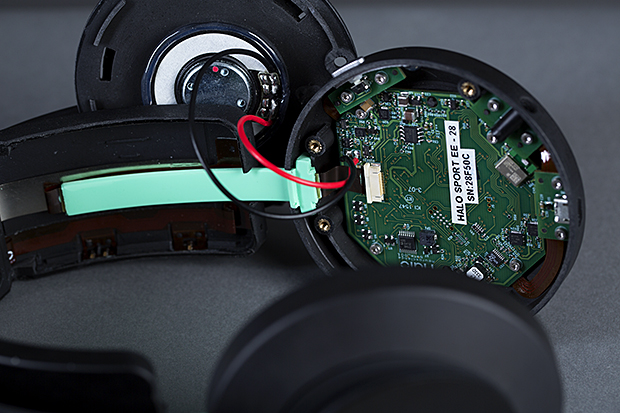Nicely done (for a media outlet) six week experiment to test efficacy of HaloNeuro‘s Halo Sport tDCS device. Elise’s takeaway is that she wishes the effect was a little more dramatic. But her trainer tells her that extra 1-1/2″ is actually significant. Certainly in pro sports settings I’m sure it would be. Nice overview of hypothetical understanding of how tDCS works. She also interviews HaloNeuro co-founder Daniel Chao and Olympic volleyball athlete Kim Glass. Elise on Twitter
Tag Archives: HaloNeuro
A Dancer, Musician, Jogger & Handball Player Try Halo Sport | Mario Marzo
I do hope to understand this better. Is it just that he was so impressed with his own Halo Sport experience that he was motivated to tell the world about it? Is it that Mario is a YouTube content creator and knew this would be compelling content? I will update the post as I learn more.
And here is the video Mario made in November, 2016 where he describes the impact using Halo Sport had on his piano playing.
Hey Mario, If you’re reading this drop me a line, I’d like to talk to you.
Olympic Athletes Are Electrifying Their Brains, and You Can Too | IEEE SPECTRUM
Eliza Strickland covered the HaloNeuro tDCS device. This clip shares my hopes about the Halo… that sports serves as a gateway until they can get established. IMO we need a device manufacturer with deep pockets who can satisfy the research and regulation requirements to make tDCS (or any other form of Non-Invasive Brain Stimulation – NIBS, that is effective) mainstream.
While the authorities dither, Halo will do its best to slip into the mainstream. And athletes are just the first customers targeted by this ambitious company. In South Carolina, a neurologist is currently testing the Halo with stroke patients to see if stimulating the motor cortex speeds up rehab. Chao envisions a whole range of Halo products offering consumers different kinds of mental boosts. “What if you want to learn Chinese and we stimulate the language center?” he says. “What if we stimulate the memory center and pair that with brain-training games?”
Olympic Athletes Are Electrifying Their Brains, and You Can Too
The Evolution Of Neurocentric Wearables | WT VOX
From an older post, but I found it in a tweet from Halo Neuroscience‘s Senior iOS engineer, Rich Lowenberg @richlowenberg. We met Halo Neuroscience back in May, 2014. My sense is we may be hearing more from them soon (though it’s just a hunch based on recent media mentions). If you’re in the San Francisco area, they are recruiting for a TES (transcranial electric stimulation) ‘Hand Strength Study‘.
Halo Neuroscience is working on technology to “boost brain function” and “[elevate] cognitive performance” via headband. Speaking to TechCrunch, Halo co-founder Amol Sarva explained that the company’s tech is being developed to offer not just a remedy but also an edge, as it “stimulates brain function in [both] sick people and healthy people.” He continued:
It makes the brain work better—a wide range of potential effects from accelerating learning to improving body movement control […The] field is a big new area—not just sensing things in the brain or ‘reading’ it, but sending waves into the brain and ‘writing’ to it […] Nobody believed it was real! We didn’t either. Until we tried it.
Halo uses a version of the popular transcranial direct-current stimulation (tDCS) method, which involves “priming” or “inhibiting” brain cells’ firing patterns by sending low levels of electricity through electrodes in certain scalp areas. This makes particular brain cells more or less likely to fire, therefore targeting brain activity toward certain performance standards.

